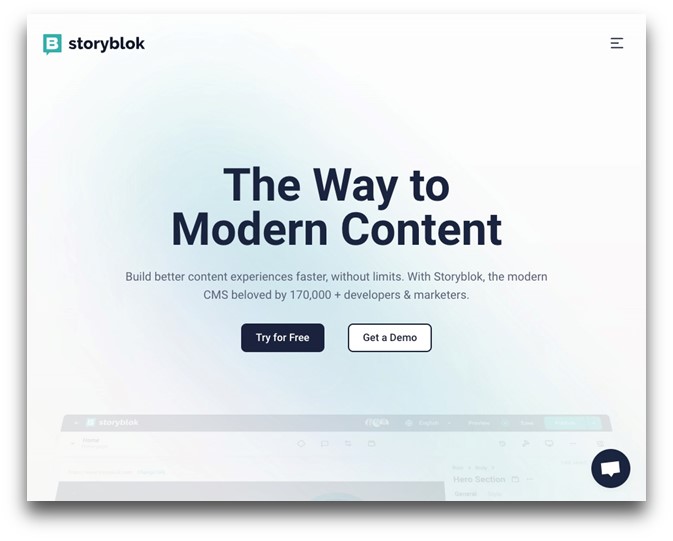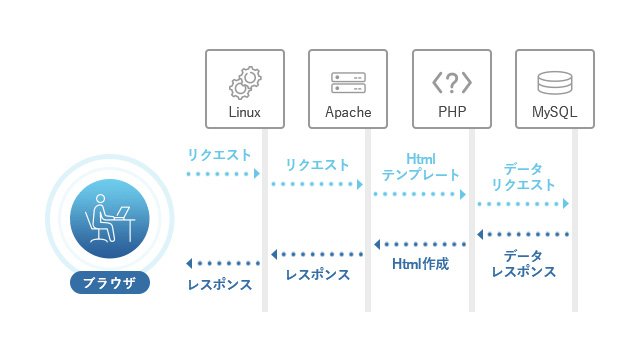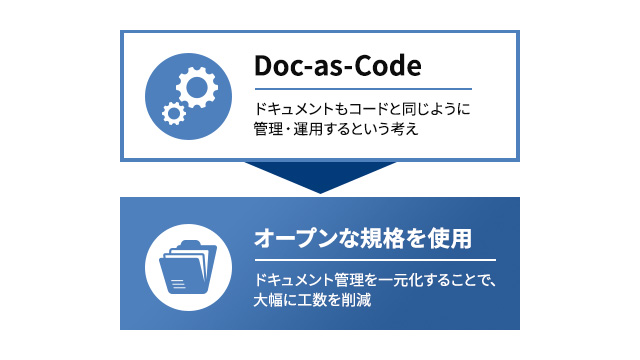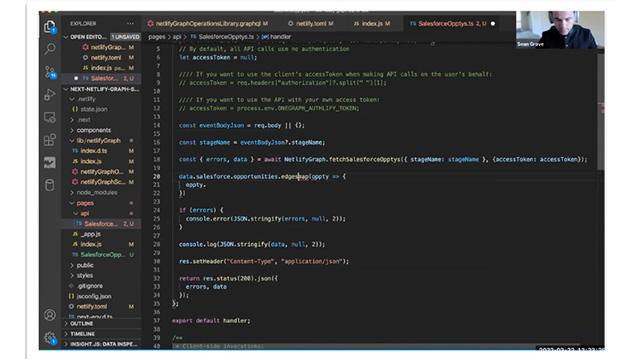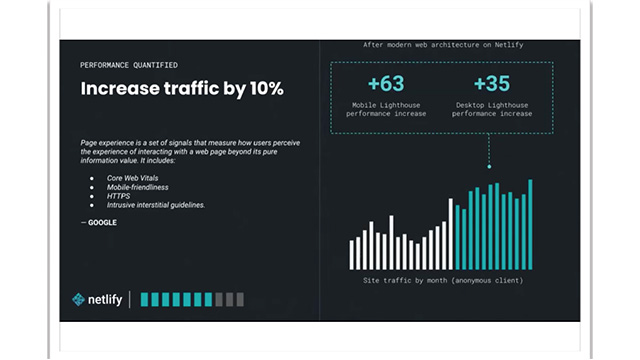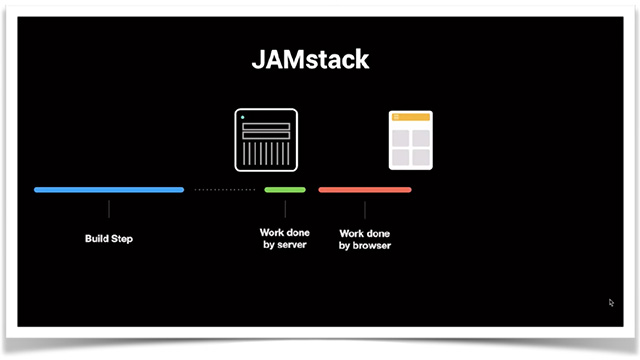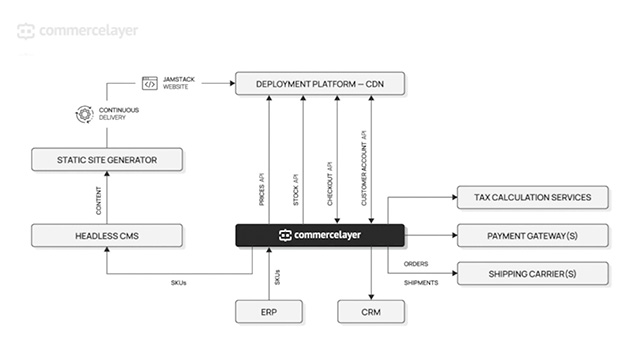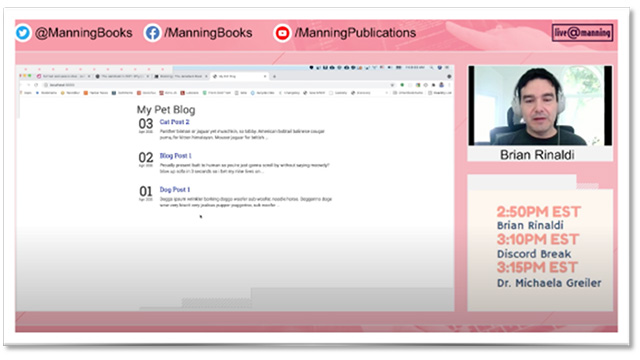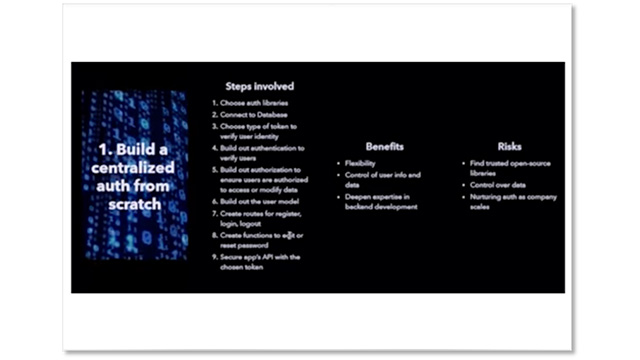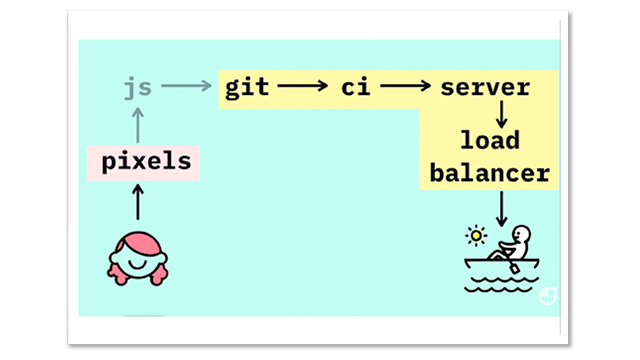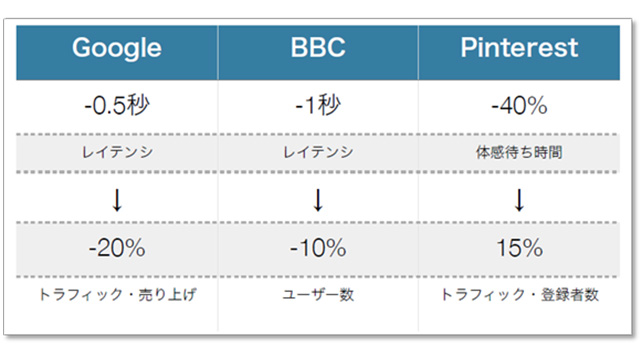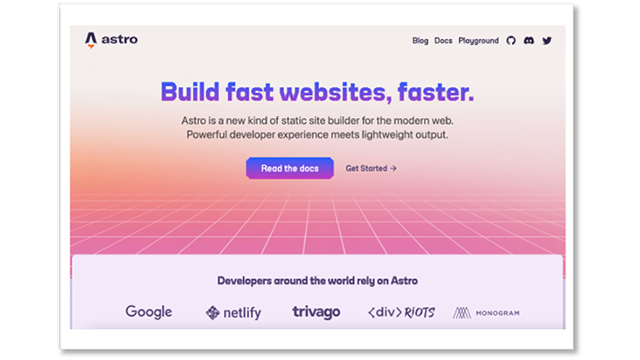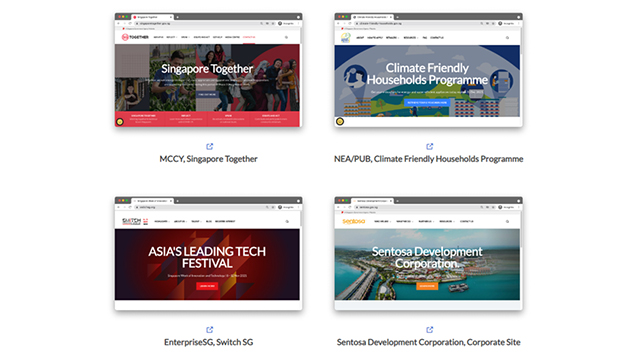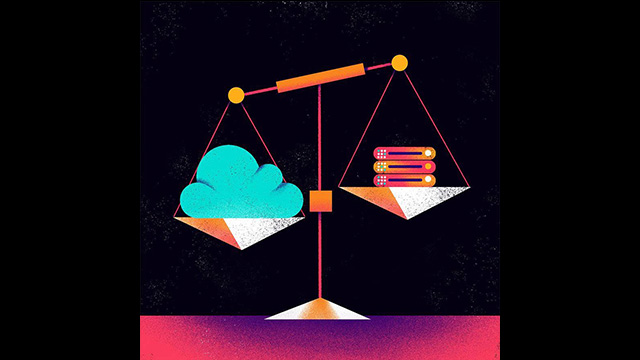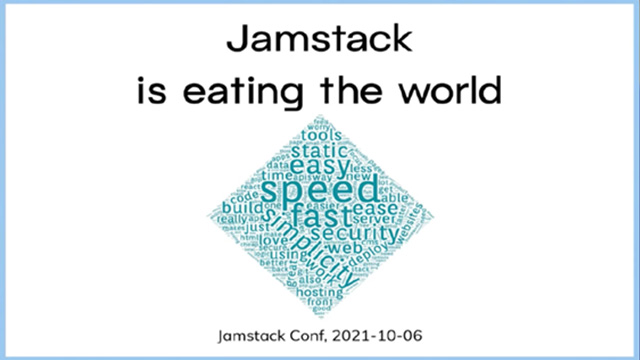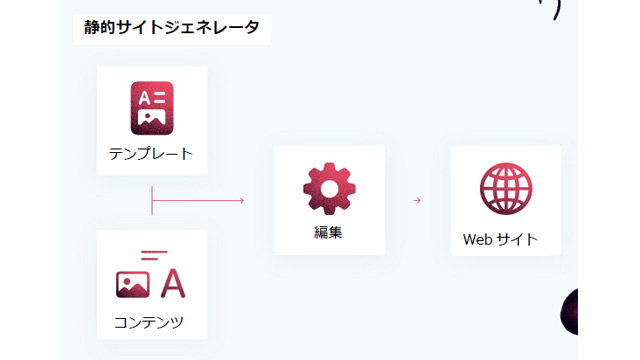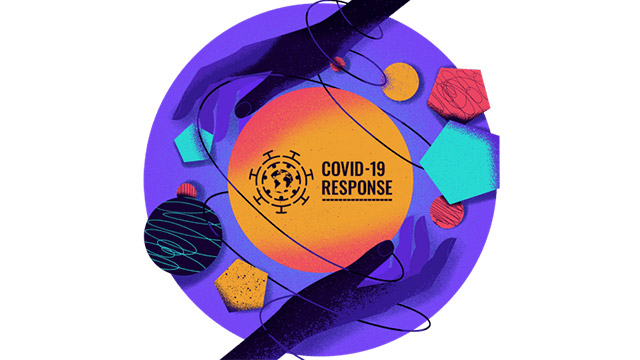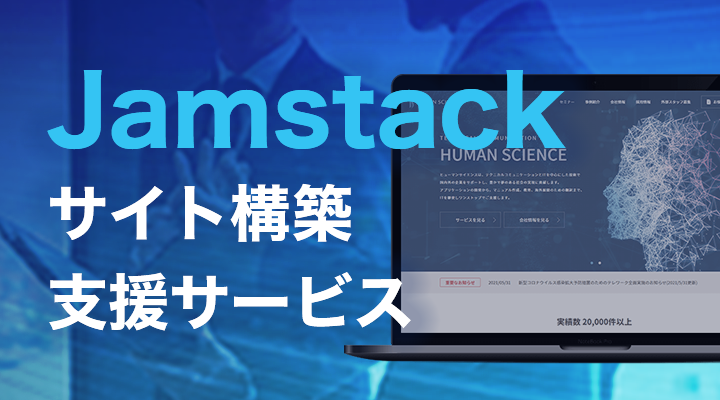Reduce your online carbon dioxide emissions! What is the way to create an environmentally friendly website?
Did you know that you can contribute to improving sustainability by building environmentally friendly websites?
 Author: Magda T. August 4, 2021
Author: Magda T. August 4, 2021
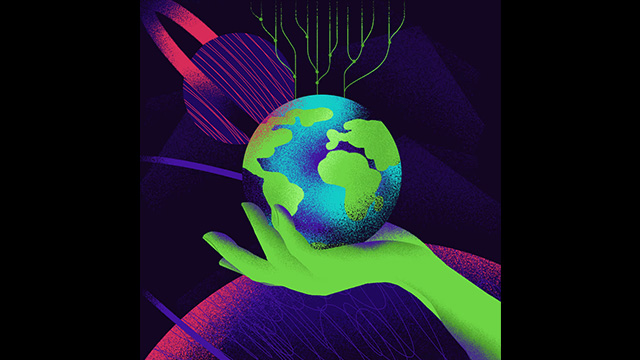
- Table of Contents
In the midst of concerns about the impact of climate change, environmentally-friendly websites can help conserve energy and reduce the impact on carbon dioxide emissions through online use.
According to The Shift Project's report, it is estimated that online usage accounts for 3.7% of the world's greenhouse gas emissions, which is almost the same amount emitted by the aviation industry. This number is expected to increase by 2025.
As a member of the internet industry, Bejamas aims to contribute to reducing energy and carbon dioxide emissions. Building environmentally friendly websites is easy to start. We will explain what is necessary for that.
First, let's define what a green or eco-friendly website is.
1. What is an environmentally friendly website?
A green or eco-friendly website is one that is built in a more environmentally friendly way. This means using more energy-efficient solutions and technologies.
If you want to see how websites are currently affecting the Earth, please use the "Website Carbon Calculator". According to their data, the average web page generates 1.76 grams of CO2 per page view, which means that for a website with 10,000 page views per month, it would generate 211kg of CO2 per year.
Not only does a website that considers the environment reduce CO2 emissions when viewed, but it also allows for responsive design, good usability, and efficient operation. As a result, navigation time and energy can be saved.
2. Introduction: Building an Environmentally-Friendly Website
2-1 Speed Up Your Website
The most important thing to pay attention to when building a green website is the site's speed.
If users have less time to wait for the site to load, they will use less energy and emit less carbon dioxide. We would like to introduce a useful video from Google Chrome Developers on how to speed up page loading in Chrome.
We strongly recommend checking valuable suggestions from the Jamstack community to improve speed and ultimately increase Google ranking.
At Bejamas, we take pride in working with the team at Backlinko.com to improve page load times without sacrificing performance, resulting in a 3x faster loading speed.
2-2 Use of Environmentally Friendly Web Hosting
Data centers require a massive amount of energy to store all data, making them one of the biggest contributors to climate change. One of the first things to consider when transitioning to eco-friendly alternatives is the type of host used.
At Techradar, we feature rankings of environmentally-friendly hosting sites, so please take a look.
Design mindset with consideration for 2-3 environments
Please consider optimizing your design from the beginning. Now is the time to pay attention to the design of your website in order to minimize the use of resources that may have a negative impact on the environment. There are many things that need to be done to make the design more environmentally friendly, such as reducing the size of images and making it mobile-first.
We must focus on "design efficiency" to obtain more sustainable solutions and propose to convert the site to Progressive Web Apps (PWA). Not only can it reduce the loading time of the site, but it can also operate offline without using the internet.
※There is also a way to build a Progressive Web App (PWA) using Jamstack.
In addition, it is also important to consider whether all elements of the website are designed with sustainability in mind. Please carefully consider ways to speed up website loading, reduce the use of large graphics, optimize the site using code, and select appropriate content to include.
2-4 Working on SEO
SEO speeds up searches and helps users quickly find what they are looking for. By using SEO best practices to optimize your site, you can reduce search times and loading times for your site.
Construct your content with appropriate keywords and headings, make it mobile-first, and provide the most relevant information in a prominent location.
3. Transition to Environmentally Conscious Technology
Climate change is currently affecting our daily lives and jeopardizing the future of our planet. We are witnessing extreme weather events such as unbelievable floods, prolonged droughts, and other intense weather phenomena that are clearly abnormal. It is up to each and every one of us to make decisions and consciously take action in our daily lives to address this issue.
As mentioned earlier, high-tech devices emit large amounts of carbon dioxide, so it is important for us to be aware of this every time we search for interesting questions using our devices. Ultimately, by being environmentally conscious and reducing carbon dioxide emissions, we are investing in ourselves, our families, our health, and even our finances.
Why not start by learning about the impact of our internet usage and how we can use our knowledge and technology to help stop global warming and climate change?
Building an environmentally friendly website may seem like a small thing, but it is a step towards more eco-friendly technology. The good news is, it doesn't have to be a burden and can be achieved by simply being conscious of user experience and usability and making small changes. Therefore, by incorporating these habits into your work process, they will become second nature.
We hope this article is helpful for you. Also, if you are looking for tips, tools, and guides to consider when building a website with environmental considerations, please check out our CTO Thom Krupa's curated list of the best environmental technology resources.
How about it? Don't you want to create a website that considers the environment?




